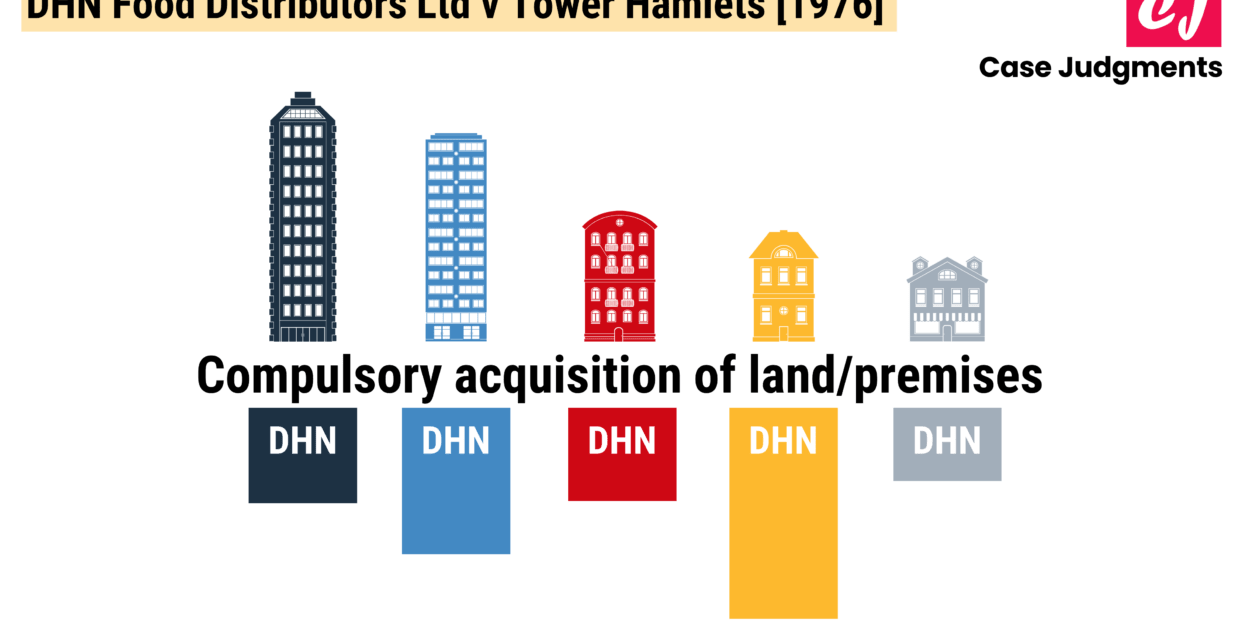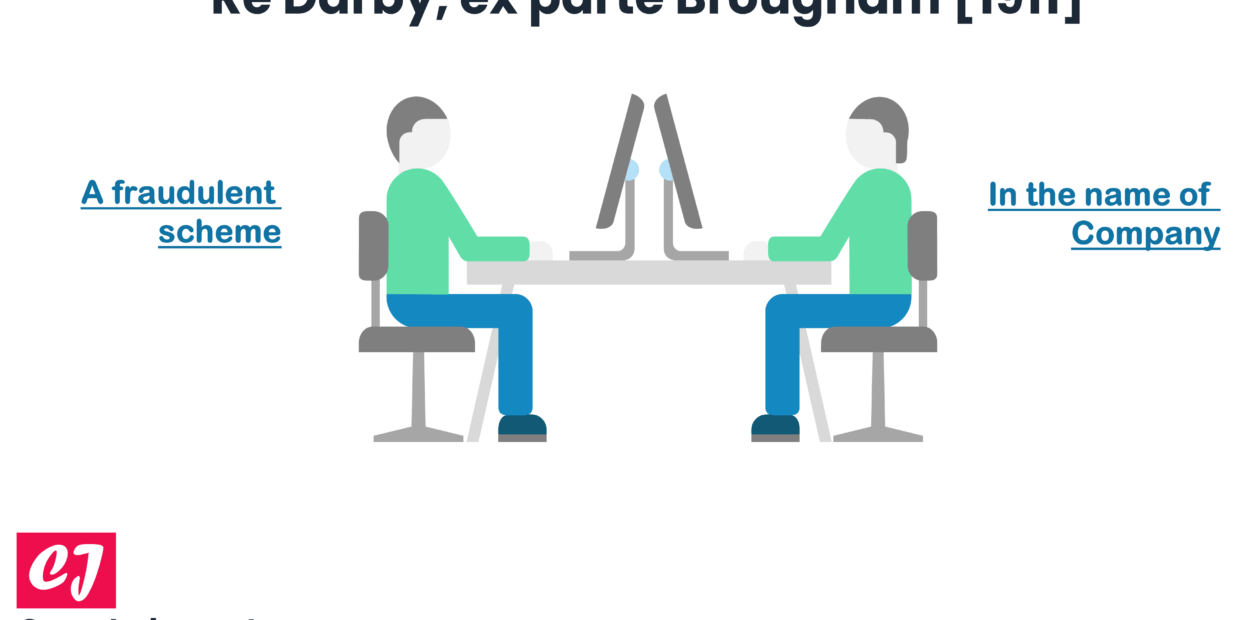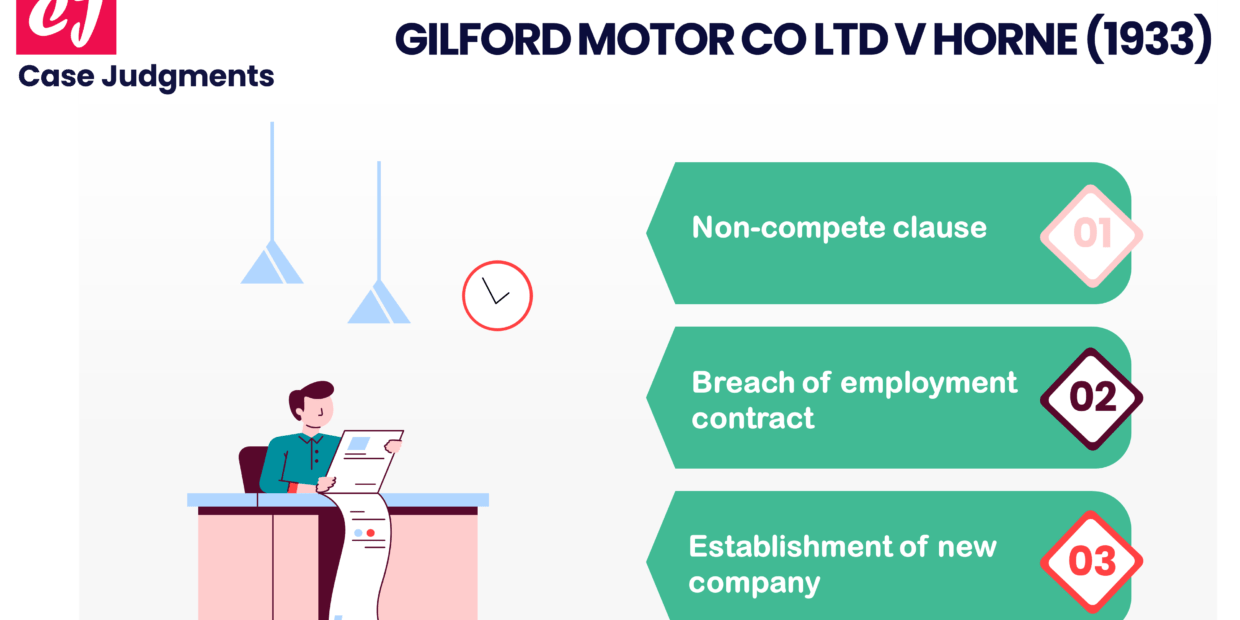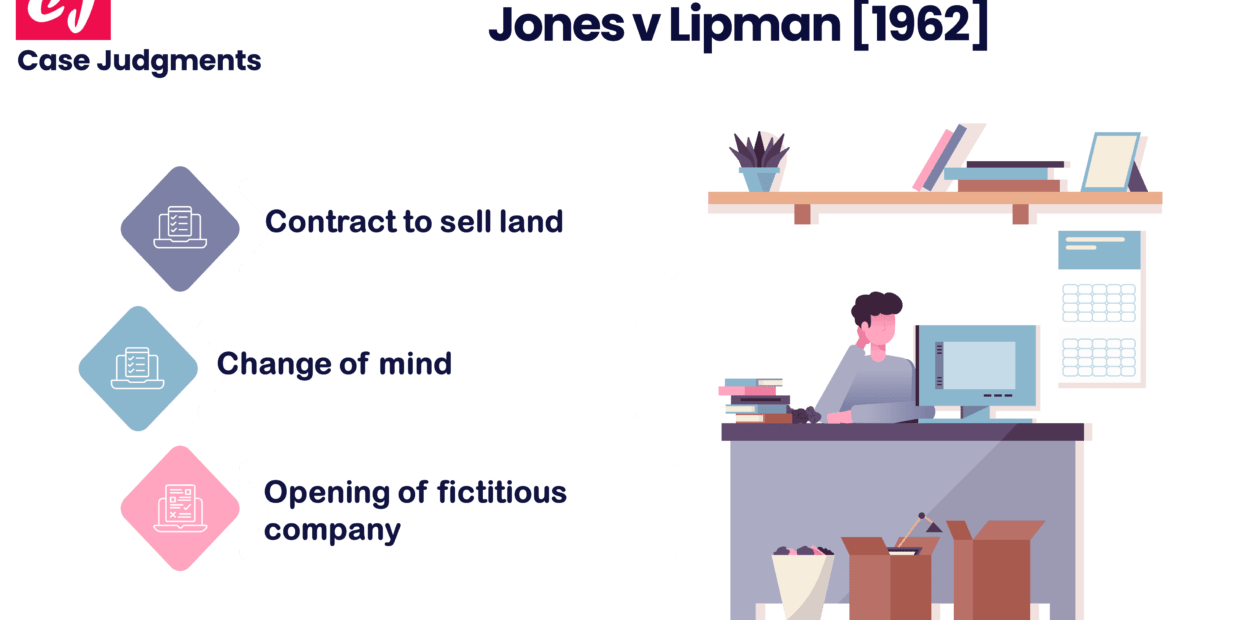Case name & citation: DHN Food Distributors Ltd v Tower Hamlets London Borough Council [1976] 1 WLR 852 (CA) Court and jurisdiction: The Court of…
Case name & citation: Re Darby, ex parte Brougham [1911] 1 KB 95 Court and jurisdiction: High Court, UK Year of the case: 1911 The…
Case name & citation: Gilford Motor Co Ltd v Horne [1933] All ER 109, [1933] Ch 935 Court and jurisdiction: Court of Appeal, England and…
Case name & citation: Jones v Lipman [1962] 1 W.L.R. 832 Court and jurisdiction: Chancery Division, United Kingdom Year of the case: 1962 The learned…



